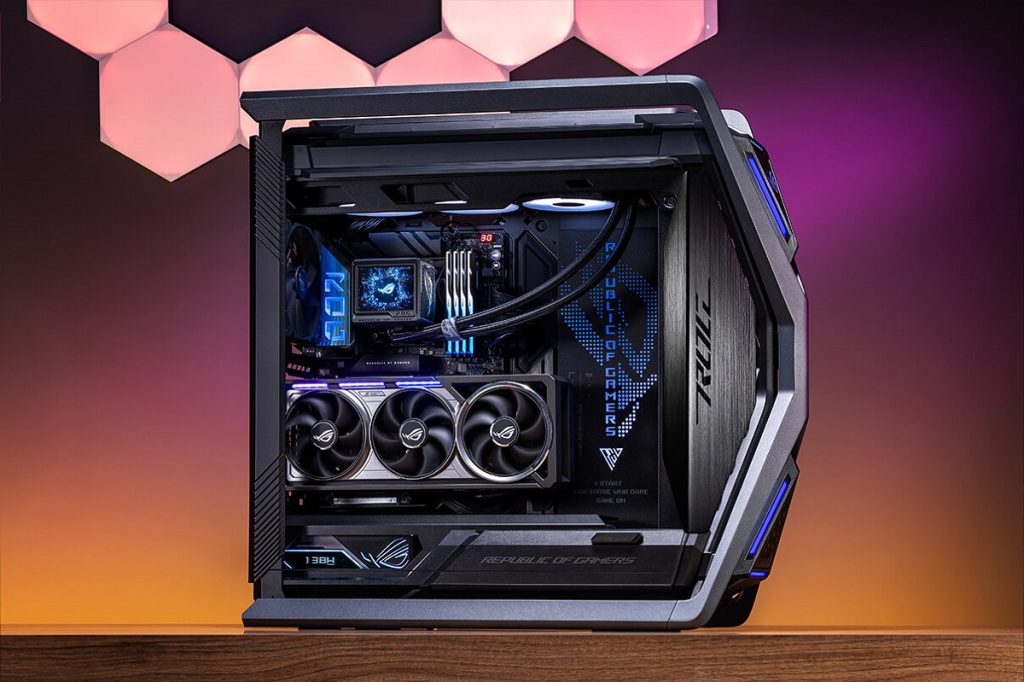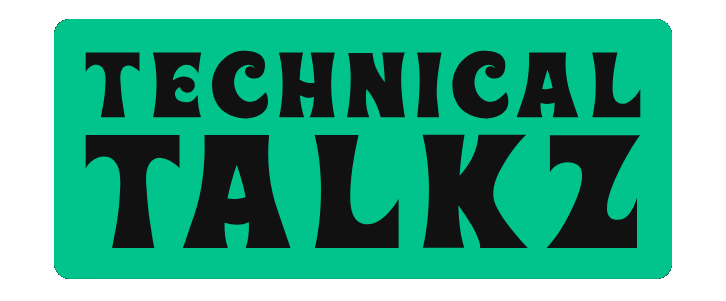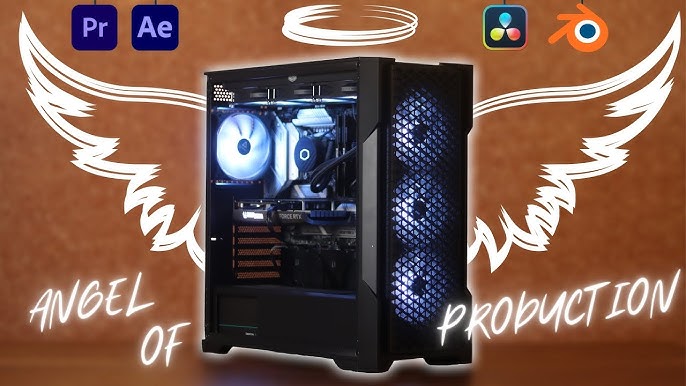If you’re a machine learning developer, software engineer, 3D artist, or content producer, your productivity is only as strong as your workstation. In 2025, the needs of high-performance computing have intensified with more massive AI models, complicated codebases, high-res 3D pipelines, and computationally intense simulations. So whether you’re training a transformer model, building out a huge codebase, or rendering photorealistic scenes—your workstation must perform.
Here is the whole teardown of the ultimate workstation PC build of 2025—designed with future-proofing, performance, and reliability in mind.
Main Goals for This Build
Amass enormous parallel compute power for AI/ML training and 3D rendering
Fast single-threaded performance for development environments and compile times
Ample memory and bandwidth for multitasking and large data sets
Future-proofing to the next 3–5 years
Power efficiency and noise control
Recommended Components (High-End Level) CPU: AMD Threadripper 7980X (64-core, Zen 5) or Intel Xeon W9-3495XThreadripper 7980X offers 64 cores and is based on Zen 5 architecture, so it’s ideal for 3D rendering, simulations, and multi-threaded AI loads.
Intel’s other option, the Xeon W9, offers gigantic core counts and ECC memory.
Price Range: $4,000–$5,500 (Threadripper PRO platform)
Developers who are developing or training ML models, using Docker, or running VMs will greatly benefit from high core counts.
Alternative CPU: AMD Ryzen 9 9950X (Zen 5, 16-core)
For developers and creators not needing 64 cores, the Ryzen 9 9950X (Zen 5, 5nm) offers amazing single and multi-core performance.
Ideal for media professionals, game developers, and coders.
Price: ~$749
GPU: NVIDIA RTX 5090 or RTX 6000 AdaThe RTX 5090 (estimated with 24–32GB GDDR7 VRAM) is unmatched in ray tracing and CUDA performance.
For training AI, professional-level workloads, RTX 6000 Ada or NVIDIA H100 (if budget-friendly) would be the ideal choice.
AI engineers: prioritize CUDA core number and VRAM capacity.
Price Range: $1,500–$6,000+
Motherboard: ASUS Pro WS TRX50-SAGE or MSI Creator X799Supports ECC memory, PCIe 5.0, and multi-GPU configurations.
High NVMe RAID configurations, USB4, and Thunderbolt support I/O bandwidth.
Price: $600–$1,000
RAM: 128GB–256GB DDR5 ECC or Non-ECC (6000+ MHz)For AI, Blender, Unreal Engine, or big data, 128GB is optimal.
ECC RAM is essential for mission-critical environments (specifically AI and server dev work).
Cost: ~$500–$1,500
Storage:
Primary Boot Drive: 2TB PCIe 5.0 NVMe SSD (e.g., Samsung 990 Pro Gen5)
Scratch/Working Drive: 4TB PCIe 4.0 SSD
Bulk Storage: 8TB+ SATA HDD or QLC SSD
???? Developers and creators prefer fast access to large projects and datasets.
PSU: 1200W–1600W Platinum Rated (Modular)Choose high-quality brands like Seasonic, Corsair, or EVGA.
reserve space for future GPU/CPU upgrades or dual-GPU setups.
❄️ Cooling: High-End AIO (360mm or greater) or Custom LoopThreadripper/Intel Xeon processors require heavy-duty cooling.
A liquid-cooled build ensures whisper-quiet and power-efficient performance under load.
Case: Fractal Design Define 7 XL / Lian Li O11 Dynamic EVO XLAirflow, cable management, and expansion space are the priorities.
Workstation case needs to support full E-ATX motherboards and be upgradable in the future.
Bonus Peripherals (for Productivity & Immersion)
Monitor: 32″ 4K IPS or Dual QHD monitors (Dell Ultrasharp / LG UltraFine)
Keyboard: Mechanical with macros (Keychron K Pro or Corsair K100)
Mouse: Logitech MX Master 4 (for devs) or Razer Pro Click (for creators)
Audio: Studio headphones or 2.1 speakers with DAC (Focusrite Scarlett + Sennheiser)
Estimated Build Cost
Tier Pricing Range
Entry-Level (Dev) $1,800 – $2,500
Mid-Tier (3D/AI) $3,000 – $4,000
High-End Pro $5,000 – $10,000+
Use Case Breakdown
AI Developers: Prioritize RTX 5090, CUDA performance, and 128GB+ RAM
3D Creators: Prioritize GPU VRAM, PCIe SSD speeds, and CPU cores
Software Engineers: Choose fast single-core CPU, multi-monitor support, and SSD I/O
Content Creators: OLED/IPS displays, fast GPUs, silent cooling
Tips for Future-Proofing in 2025
Choose DDR5 ECC memory if your workload is mission-critical.
PCIe 5.0 SSDs are fast—but utilize Gen 4 unless you have a specific bottleneck.
Don’t be excessive unless your software is multithreaded across many threads or you’re executing ML models.
Don’t neglect to consider expansion—modular power, enough DIMM slots, multiple M.2 slots.
Final Thoughts
In 2025, building the ultimate workstation PC is not a matter of stuffing in the latest parts—it’s all about balance. Your workload—training AI models, rendering 3D content, or building code at scale—should determine every component choice.
As a solo developer, freelance artist, or startup building next-generation tech, this workstation guide delivers blazing speed, upgradability, and future-proofed performance.




